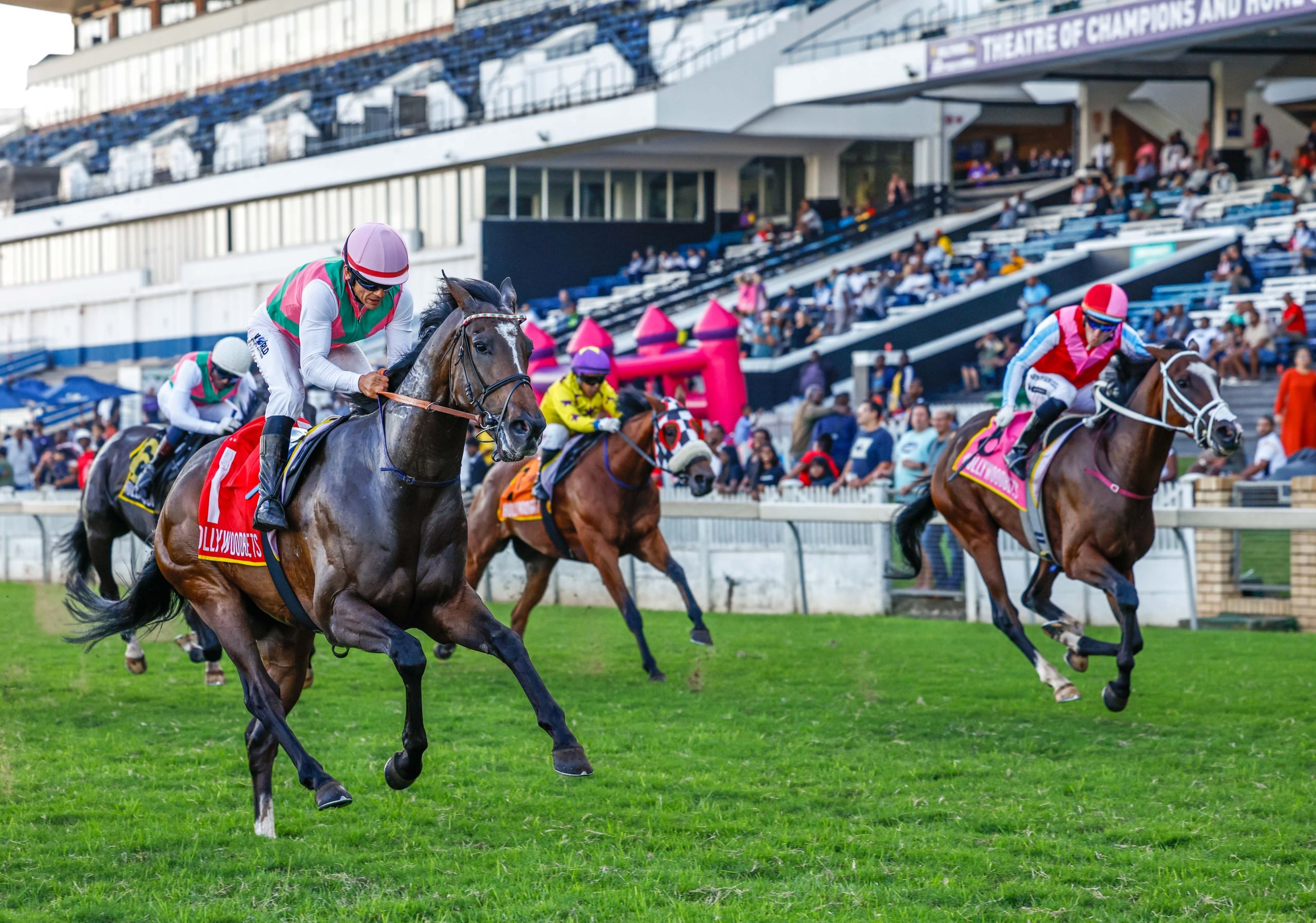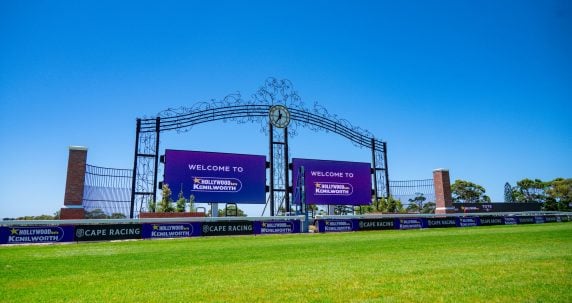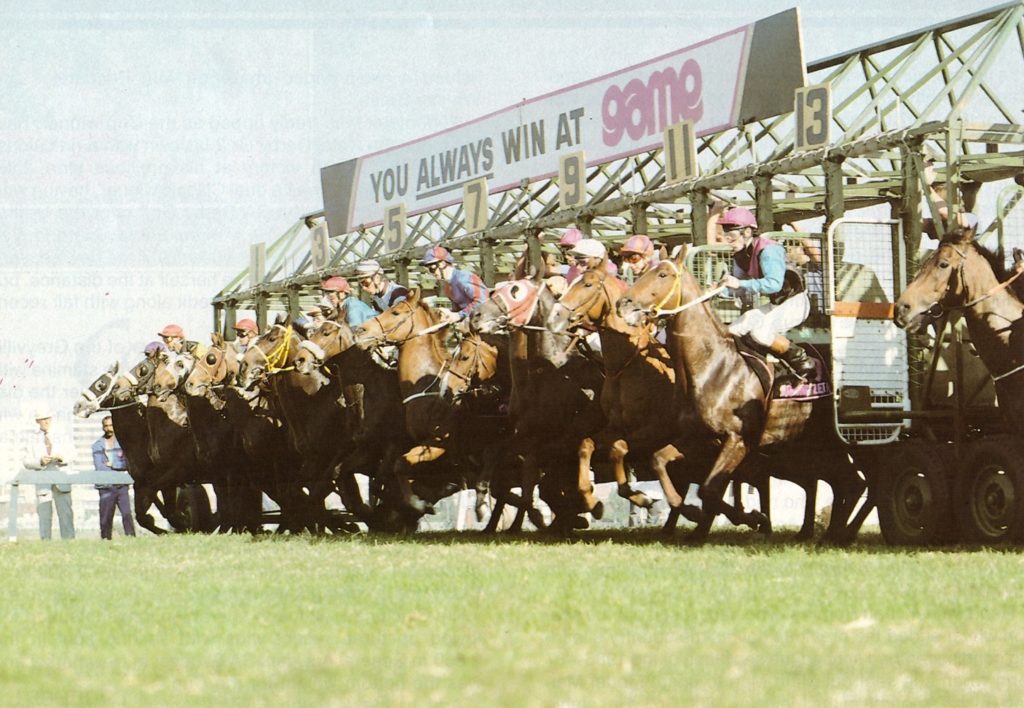
There seems to be a chicken and egg situation with races over distances longer than 1800m. There are fewer of them – especially in the vicinity of 2400m – and the fields are often small. If the races may not be filled, then there’s less chance of them being programmed.
Oscar Foulkes writes in the Sporting Post Mailbag that this is a concern, not just for the spectacle of racing, but also for the Stud Book as a whole.
It is pertinent to quote arguably the most influential breeder of the 20th century, Federico Tesio:
“The Thoroughbred exists because its selection has depended, not on experts, technicians, or zoologists, but on a piece of wood: the winning post of the Epsom Derby. If you base your criteria on anything else, you will get something else, not the Thoroughbred.”
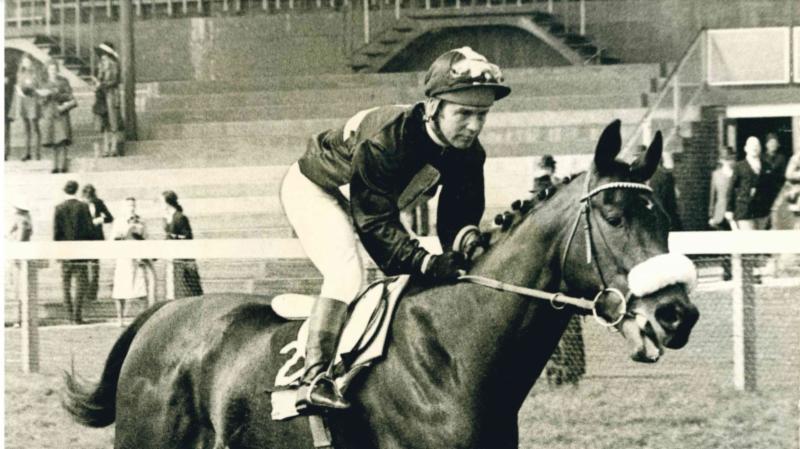
The great Mill Reef
While the more recent Derby winners have not matched the record of the golden years between 1968 and 1978 (Sir Ivor, Nijinsky, Roberto, Mill Reef, Shirley Heights and The Minstrel), consider how regularly these sires appear in the pedigrees of modern champions over all distances.
Traditionally, 2400m is the classic distance, not a stayer’s race. However, its modern categorisation doesn’t diminish its importance.
On a less prosaic level, stayers are interesting to regular punters because their improvement, as they get extended in distance, is relatively predictable.
A horse with a stamina pedigree, running over a longer distance for the first time, is likely to show above average improvement. Sticking them into exotic bets can be rewarding.
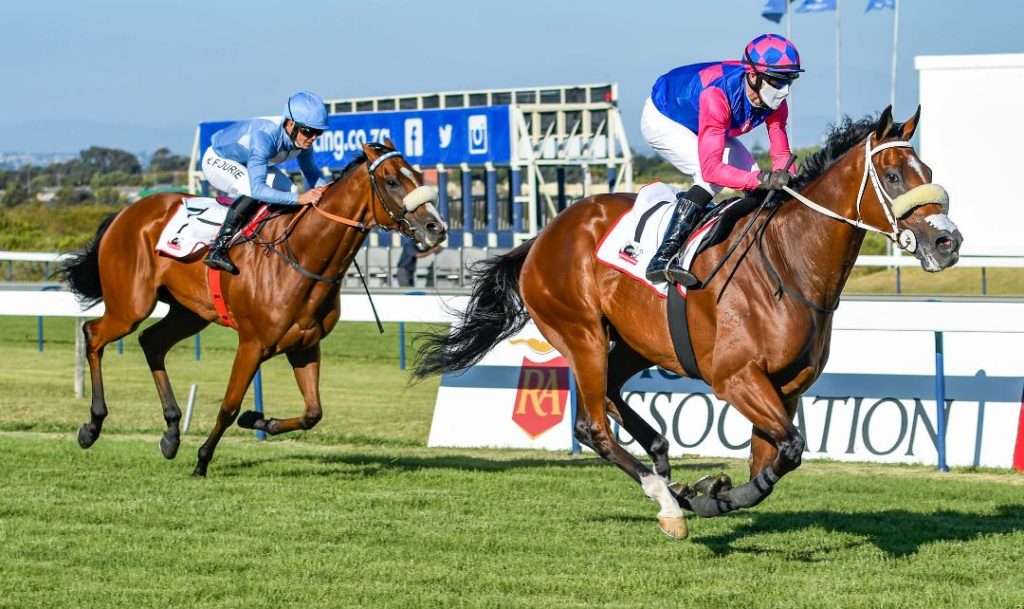
East Cape staying star Atyaab (Pic – Chase Liebenberg)
From a handicapping perspective, stayers’ established form is generally extremely reliable.
Using the example of two late season four-year-olds that finished close together under level weights, when they meet again carrying different weights, the lower weighted runner will most often finish ahead of the other.
The weight-for-age improvement factor is also extremely relevant for stayers. A three-year-old that shows up well over 2000m+ against older horses (even in a lesser handicap) is likely to have smart prospects.
At this point I should probably declare a bias.
It’s understandable to have a soft spot for stamina when as an eleven-year-old boy you listened to the radio commentary of Tribesman (bred by Normandy) winning the SA Derby after a duel with Beau Art for pretty much the full length of the long Turffontein straight.
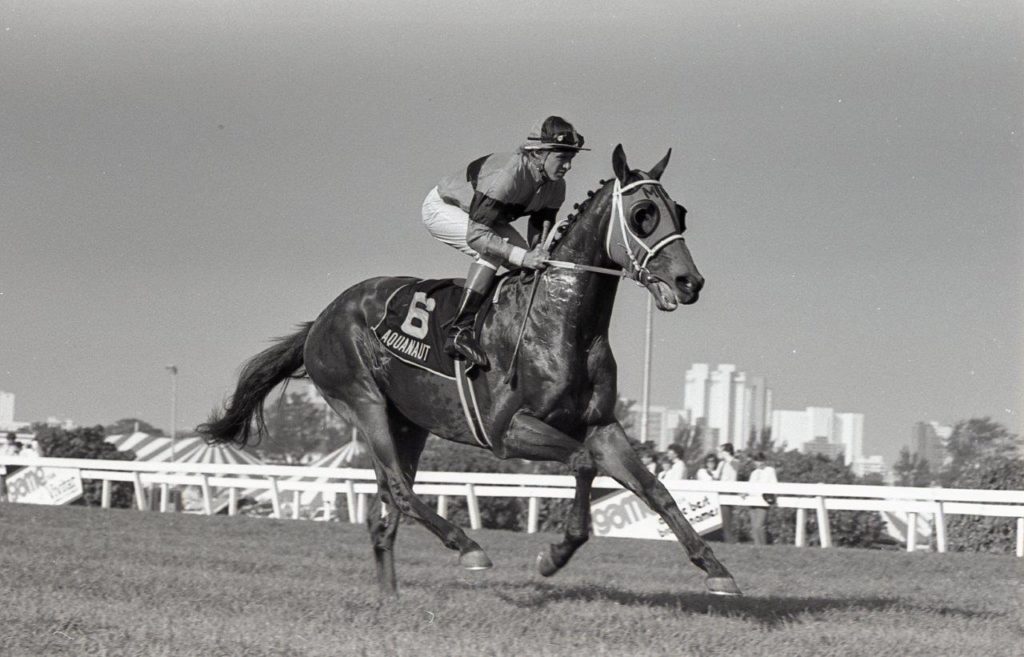
Normandy-bred Aquanaut – a great of the SA staying ranks
A few years later, another Normandy-bred, in the form of Aquanaut, became the best stayer of his era.
There’s another angle, though, which is the opportunities for decent stayers. The competition is just so much less than for sprinter-milers.
It is my observation that many more horses could be given a chance over 2000m and further.
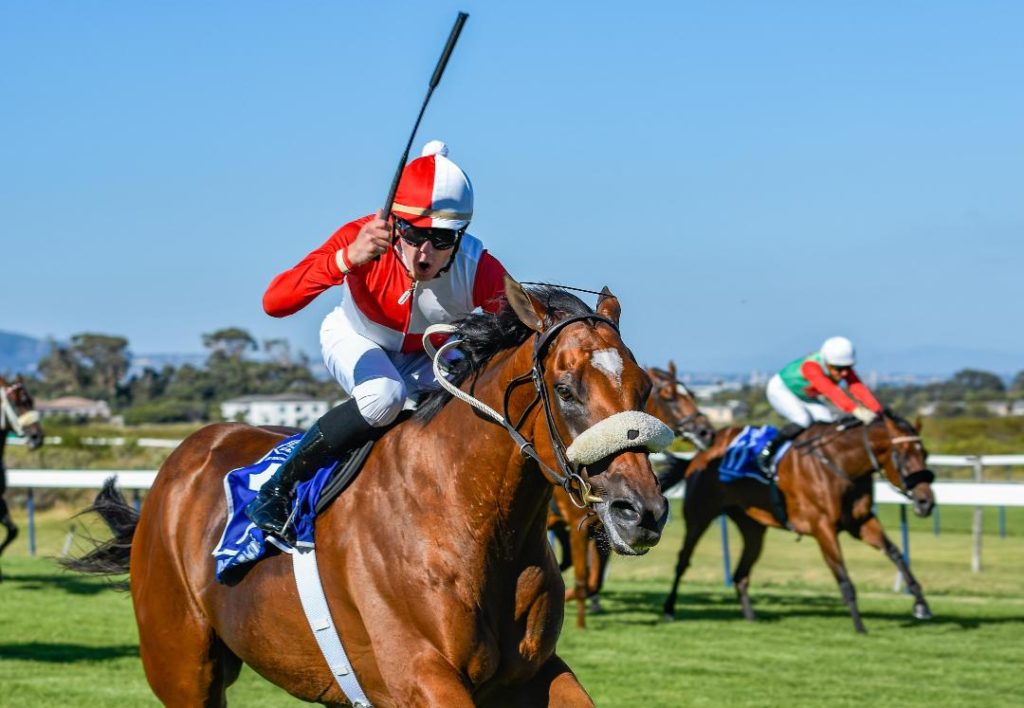
Ideal World’s top-class son Rainbow Bridge (Pic – Chase Liebenberg)
In my book, any progeny of Silvano, Twice Over, Ideal World, and others needs to prove that it doesn’t perform over 2000m+ before keeping it to shorter distances.
Sometimes the speed in their progeny’s female lines will mitigate against that, in the same way as stamina-laden mares will breed stayers by speed stallions.
These views need to be shared with a caveat, though.
The many failings of the merit rating system are at their worst for stayers. All but two stayers’ stakes races are handicaps, which severely limits the competitiveness of a top-class stayer that’s attracted the attention of the handicappers early in its career.
The Gr3 status of the Gold Cup is an unfortunate end result of this vicious circle.
Top-class stayers are not devoid of speed – they finish their races at the same pace as sprinters – it’s just that they take longer to build up to it.
Great stayers have a special kind of aura. They are a different sort of equine hero to the sprinters or milers.
Racing all around the world has benefited from the greatness of Stradivarius.

Stradivarius – a bright light
His light has shone bright for many more seasons than the well-bred precocious three-year-olds that get shuffled off to stud as soon as they’ve done enough on the racetrack to be marketed as commercial stallions.
Supporting the cause of stayers is not difficult. All we have to do is enter our horses in those races. Many more of them are bred for the distance than we may think.
Whatever happens, we’ve learned something in the process. There really is nothing to lose.






